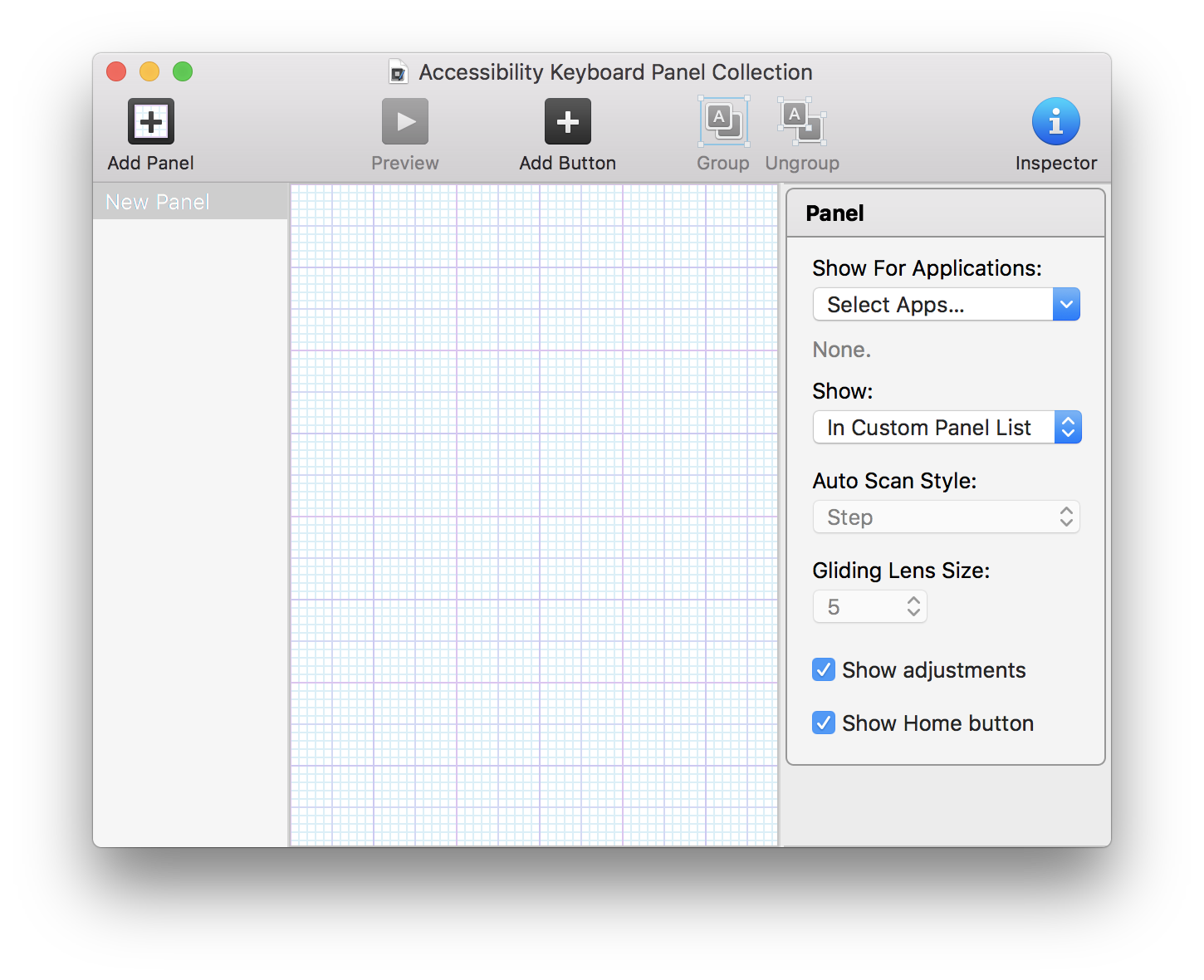

The deep understanding and knowledge they gain is used both to create new features for structural parsing that augments our machine learning detection capabilities and to improve the proficiency of our behavior-based protection. This blog addresses some of the challenges and requirements our researchers must meet when analyzing macOS threats. The fallacies that macOS cannot be harmed by threats or is targeted by less-sophisticated malware still linger. CrowdStrike researchers constantly hunt, analyze and gain understanding of any macOS artifact that looks even remotely suspicious to improve CrowdStrike’s automated machine learning and behavior-based protection capabilities. Improving the CrowdStrike Falcon® platform’s ability to detect macOS threats is a continuous process. Actions may be related to network and system information Discovery, Collection, or other scriptable post-compromise behaviors and could be used as indicators of detection leading back to the source was the most prevalent macOS ransomware family in 2021, accounting for 98% of ransomware in the researchers’ analysis, while OSX.Flashback accounted for 31% of macOS backdoor threats and OSX.Lador accounted for 47% of macOS trojans. Scripts are likely to perform actions with various effects on a system that may generate events, depending on the types of monitoring used. Monitor for newly executed processes that may abuse AppleScript for execution. Monitor for execution of AppleScript through osascript and usage of the NSAppleScript and OSAScript APIs that may be related to other suspicious behavior occurring on the system. Actions may be related to network and system information Discovery, Collection, or other scriptable post-compromise behaviors and could be used as indicators of detection leading back to the source script. Monitor executed commands and arguments that may abuse AppleScript for execution. Use application control where appropriate.
#MACOS USED RUNONLY APPLESCRIPTS TO AVOID CODE#
This subjects AppleScript code to the same scrutiny as other. Require that all AppleScript be signed by a trusted developer ID before being executed - this will prevent random AppleScript code from executing. ThiefQuest uses AppleScript's osascript -e command to launch ThiefQuest's persistence via Launch Agent and Launch Daemon. ĭok uses AppleScript to create a login item for persistence. īundlore can use AppleScript to inject malicious JavaScript into a browser. Since this is a scripting language, it can be used to launch more common techniques as well such as a reverse shell via Python. On macOS 10.10 Yosemite and higher, AppleScript has the ability to execute Native APIs, which otherwise would require compilation and execution in a mach-O binary file format. These events cannot start applications remotely (they can start them locally), but they can interact with applications if they're already running remotely.

They may be executed from within mach-O binaries by using the macOS Native APIs NSAppleScript or OSAScript, both of which execute code independent of the /usr/bin/osascript command line utility.Īdversaries may abuse AppleScript to execute various behaviors, such as interacting with an open SSH connection, moving to remote machines, and even presenting users with fake dialog boxes. ĪppleScripts do not need to call osascript to execute, however. AppleScripts can also be executed as plain text shell scripts by adding #!/usr/bin/osascript to the start of the script file. Aside from the command line, scripts can be executed in numerous ways including Mail rules, Calendar.app alarms, and Automator workflows. Scripts can be run from the command-line via osascript /path/to/script or osascript -e "script here". These events can locate open windows, send keystrokes, and interact with almost any open application locally or remotely. These AppleEvent messages can be sent independently or easily scripted with AppleScript. AppleScript is a macOS scripting language designed to control applications and parts of the OS via inter-application messages called AppleEvents. Adversaries may abuse AppleScript for execution.


 0 kommentar(er)
0 kommentar(er)
